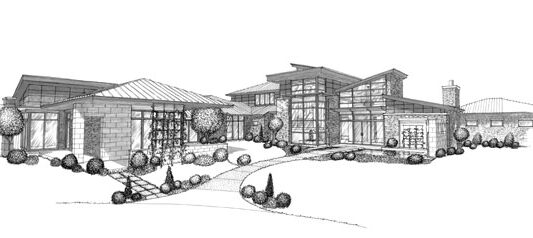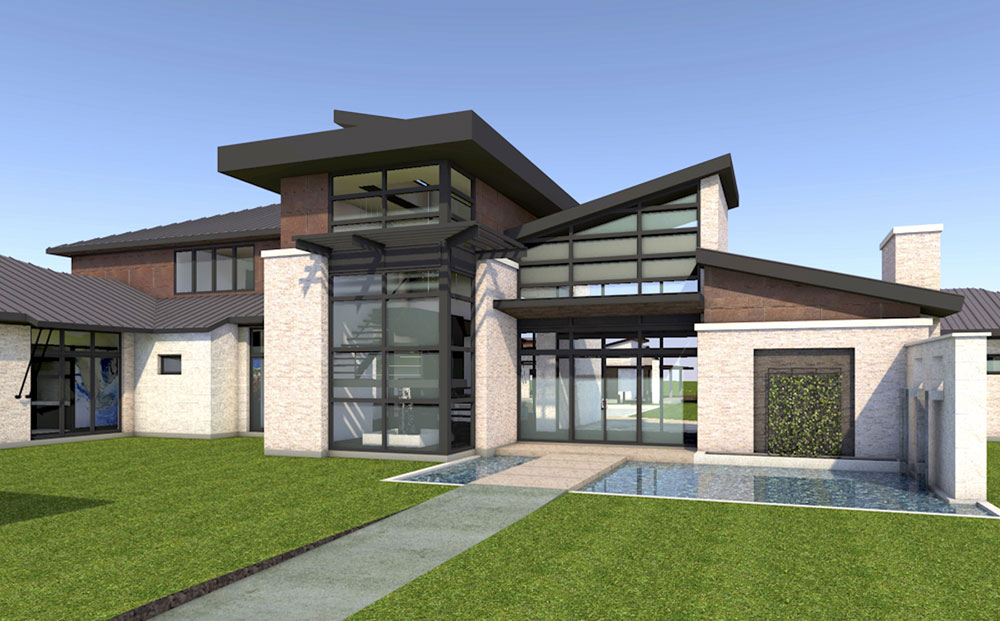
CONTEMPORARY
CHARACTERISTICS
Contemporary Architecture is literally “architecture of the moment”. As such, it is reflective of current cultural influences and trends, and quite broad in it’s interpretation; in many ways a distinct contrast to “Classical Architecture”. While some people use the terms “Contemporary” and “Modern” as synonyms, they are in fact distinctly different.
Modern architecture evolved during the post-industrial era, with advances in new materials allowing structures to be liberated from the traditional load bearing wall. Floating roof planes, large expanses of glass, small columns, and a tendency towards a minimalist approach (“less is more’, as coined by Mies Van Der Rohe of the Bauhaus movement from the 1920’s) were all characteristics of that movement. Modern architecture is typically associated with the “white box” of the Bauhaus (or International) Style.
By contrast, today’s Contemporary Architecture, while building on some of the principles of Modern Architecture, is much more free to expand beyond the limits of the “white box”; asymmetrical and free form curves, shed roofs, large overhangs, as well as a broad range of materials and colors are used. Trends commonly seen in this style today include large, open panels of glass, a contrast of materials and textures, a minimalist approach to detailing and decoration, and a careful use of materials, both common and exotic, in new and interesting ways. Open floor plans are typical, as is the blurring of indoor and outdoor spaces through the use of siding walls and multi-panel door systems.
Contact Us




